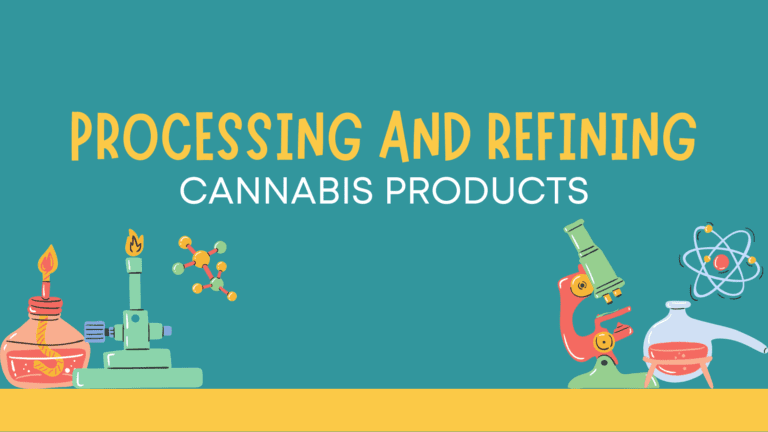A fungicide is a specific type of pesticide that is formulated to control and manage fungal diseases that can affect cannabis plants and other agricultural crops. Fungal pathogens can cause significant damage to cannabis plants, leading to reduced yields, lower quality, and even plant death. Fungicides are used to combat these fungal infections and protect the health and productivity of cannabis crops.
Fungicides work by targeting the fungal pathogens directly, inhibiting their growth, or killing them. They contain active ingredients that have specific modes of action to disrupt the fungal life cycle. These active ingredients can be either synthetic chemicals or naturally derived compounds.
The use of fungicides in cannabis cultivation dates back to ancient times when various plant extracts were used to combat fungal diseases. Over time, research and technological advancements have led to the development of more effective and targeted fungicides specifically designed for managing fungal infections in cannabis.
There are different types of fungicides available for cannabis growers, and their selection depends on factors such as the specific fungal pathogen, the stage of infection, and the cultivation environment. Some commonly used types of fungicides include contact fungicides, systemic fungicides, and protectant fungicides.
Contact fungicides work by directly contacting and inhibiting the fungal pathogens on the surface of the plant. They form a protective barrier that prevents the spores or hyphae of the fungi from penetrating the plant tissues. These fungicides often require repeated applications to maintain their efficacy, especially after rain or irrigation.
Systemic fungicides, on the other hand, are absorbed by the plant and are transported through the vascular system. They provide protection to various parts of the plant, including new growth, and are particularly effective against internal fungal infections. Systemic fungicides can be applied as sprays or drenches, and they are often used as preventive measures to control fungal diseases before they take hold.
Protectant fungicides are applied preventively to plants before fungal infections occur. They form a protective layer on the plant’s surface, acting as a physical barrier to prevent fungal spores from germinating or penetrating the plant tissues. Protectant fungicides are typically used in integrated pest management (IPM) strategies to proactively manage fungal diseases.
It is crucial to follow proper application techniques and adhere to label instructions when using fungicides. This includes wearing appropriate protective equipment, applying the correct dosage, and adhering to recommended intervals between applications. It is also important to consider the potential impact of fungicide residues on human health and the environment and to follow regulations and guidelines pertaining to fungicide use in cannabis cultivation.
While fungicides are an important tool in managing fungal diseases, they should be used as part of a comprehensive approach that includes proper sanitation practices, crop rotation, and the use of disease-resistant cannabis varieties. Integrated pest management strategies can help minimize reliance on fungicides and promote a more sustainable and environmentally friendly approach to fungal disease management.








